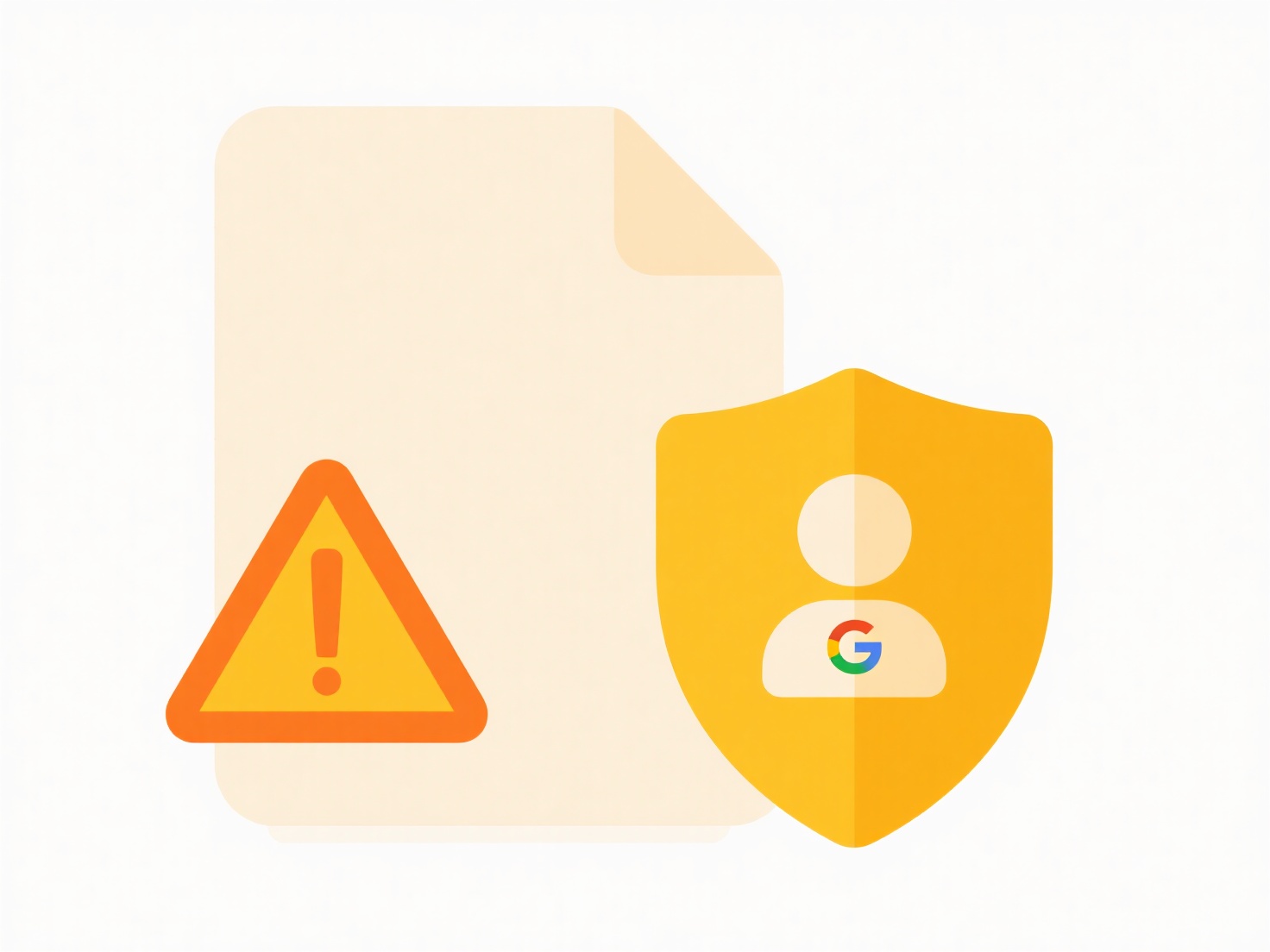
Avoiding duplicate files during archiving prevents wasted storage space and ensures cleaner, more manageable archives. Deduplication identifies identical files or data chunks across your collection. Technically, this is often achieved through methods like file hashing (e.g., MD5, SHA-1), which generates a unique digital fingerprint for each file. Tools then compare these fingerprints; matching hashes indicate duplicates. This differs from simple renaming, as deduplication checks the actual file content, not just the name.
Specific tools for this include dedicated duplicate finders (like Duplicate Cleaner or CCleaner) you can run before archiving. Many modern archiving software applications (like WinRAR or dedicated backup software) also integrate deduplication features. Cloud storage platforms (e.g., Google Drive, Dropbox) often use deduplication behind the scenes at their data centers. Archiving photos in photography, managing large document libraries, and cloud backups are common scenarios.

The main advantage is significant storage savings and easier archive navigation. Limitations include the computational overhead required for hashing large datasets, especially initially. Careful verification is crucial to avoid accidentally deleting the only copy of a needed file – always review duplicates before removal. Future improvements involve smarter detection (e.g., AI for near-duplicates) and better integration into operating systems.
How do I avoid duplicate files when archiving?
Avoiding duplicate files during archiving prevents wasted storage space and ensures cleaner, more manageable archives. Deduplication identifies identical files or data chunks across your collection. Technically, this is often achieved through methods like file hashing (e.g., MD5, SHA-1), which generates a unique digital fingerprint for each file. Tools then compare these fingerprints; matching hashes indicate duplicates. This differs from simple renaming, as deduplication checks the actual file content, not just the name.
Specific tools for this include dedicated duplicate finders (like Duplicate Cleaner or CCleaner) you can run before archiving. Many modern archiving software applications (like WinRAR or dedicated backup software) also integrate deduplication features. Cloud storage platforms (e.g., Google Drive, Dropbox) often use deduplication behind the scenes at their data centers. Archiving photos in photography, managing large document libraries, and cloud backups are common scenarios.

The main advantage is significant storage savings and easier archive navigation. Limitations include the computational overhead required for hashing large datasets, especially initially. Careful verification is crucial to avoid accidentally deleting the only copy of a needed file – always review duplicates before removal. Future improvements involve smarter detection (e.g., AI for near-duplicates) and better integration into operating systems.
Related Recommendations
Quick Article Links
Can I lock a file format to prevent editing?
Locking a file format typically refers to applying restrictions within the file itself or via its environment to prevent...
Why do files from websites say “unsupported format”?
A file displays "unsupported format" when your browser or device cannot recognize, open, or interpret its specific data ...
How do I search across mounted virtual drives?
Mounted virtual drives are virtual devices created by specialized software that mimic physical drives but use files (lik...